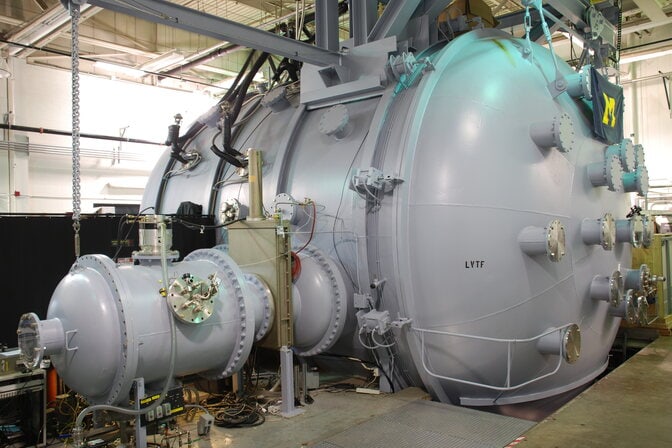The U.S. Space Force has awarded $35M to a national research team led by the University of Michigan in one of the nation’s largest efforts to advance space power and propulsion. The newly formed Space Power and Propulsion for Agility, Responsiveness and Resilience Institute will be the first to combine fast chemical rockets with efficient electric propulsion driven by a nuclear microreactor.
With Professor Ben Jorns as the institute director, Professors Mirko Gamba, Venkat Raman, Chris Limbach, Alex Gorodetsky, Oliver Jia-Richards, and others from U-M will collaborate with eight other universities and 14 industry partners and advisers in this effort. The team of researchers and industry leaders will work to address key national defense and exploration needs by developing spacecraft that can optimize power, efficiency and freedom to “maneuver without regret.”
Various subteams working on this initiative will collaborate on a variety of solutions to overcome limitations and problems related to different system designs. The project will combine some of the nation’s leading academic researchers and industry trailblazers to pave the way for commercial manufacturing.
In the official article from Michigan Engineering, Jorns stated, “We are very grateful to the U.S. Space Force and Air Force Research Laboratory for this opportunity. We’re excited to get started on this work with this exceptional national team.”
Read the full article from Michigan Engineering here.
